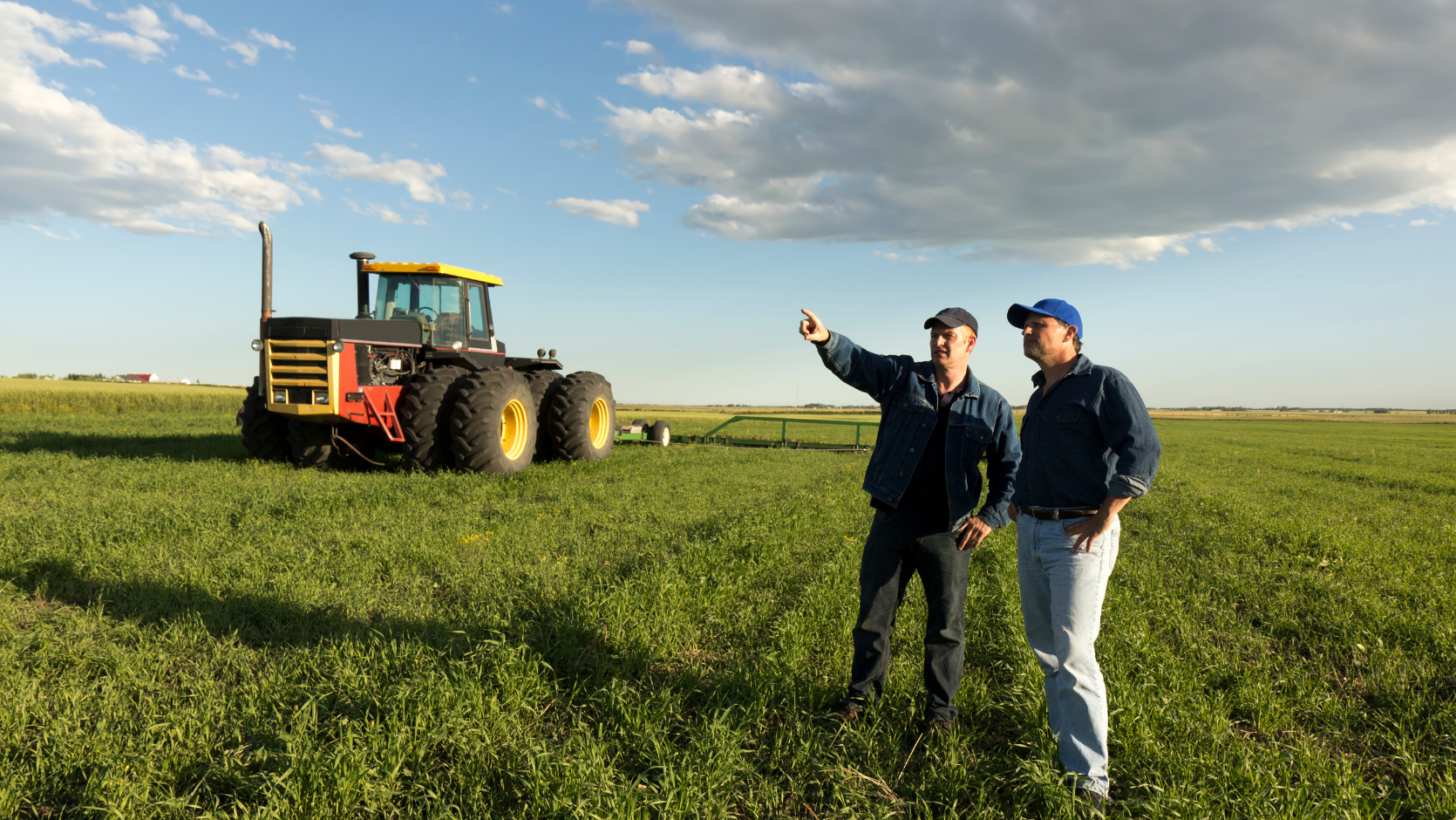The Facts
Festering hostility between neighbours culminates in confrontation
On a balmy afternoon on new year’s eve, in one of Sydney’s most exclusive suburbs, well away from the anticipated rowdiness of the city, down a very long concrete driveway that leads to his battle-axe block home, an elderly man is clipping the shrubbery that divides the driveway from the home that fronts the street.
Inside that home, an equally elderly couple are going about dinner preparations in different areas of the house, having had a couple of glasses of wine as they recalled significant events of the passing year. Upstairs, with a view of the driveway and hedge, is an adult son, just about to start a computer game.
A few minutes later the woman in the house has lost a finger and police are called en masse to the address.
Forensic police gather evidence and man charged at police station
The neighbour is still clipping the hedge and all manner of neighbours, alerted by the victims’ screams, have arrived to see what is going on. Yet nobody has seen what happened except the victim and the alleged assailant / hedge clipper.
The driveway is liberally spattered in blood, forensic police take over the scene and the neighbour (“Mr SML”) is on the driveway, face down, handcuffed from behind, also spattered in blood, and protesting his innocence.
Man gives video statement to police through interpreter
Mr SML is taken to the police station and allowed to call the Legal Aid hotline, as he knows no solicitors. They advise him not to make a statement to police at that stage. He considers this and, as often happens, decides he would like to do so anyway, on video, with an interpreter assisting his broken English replies.
During that interview, Mr SML is shown the horrific photos of the injuries to the woman’s hand, the bloodstained scene, his own blood-spattered clothing, face and hands, and the offending heavy-duty hedge clippers. Mr SML gives a detailed version of events in the electronic interview, which extends to over 66 pages of transcripts plus 16 pages of exhibit photos.
He is charged with recklessly inflicting grievous bodily harm (section 35(2) of the Crimes Act NSW 1900). He is photographed, fingerprinted and DNA samples are taken. He is granted bail and released just after midnight.
Man engages lawyers to represent him and pleads not guilty
The media were on the scene on the night of the incident and have followed up relentlessly (slow news period, perhaps). As in the police interview, he has been fulsome in his comments to them, especially stressing that he is the victim. As the first court date approaches, Mr SML realises the significance of the charges and retains a lawyer to act on his behalf.
On the first court date he enters a plea of “not guilty” and the magistrate makes Brief Service Orders. Four weeks later the compendious brief is served and the matter is set for a three day hearing.
Both parties agreed there was a history of disagreement between them regarding the hedge. The victim, her husband and her son had been drinking lightly immediately before the incident.
The issue is whether Mr SML did, recklessly, inflict grievous bodily harm on his neighbour. The charge carries a maximum sentence of two years in the Local Court.














Expert commentary on the court's decision
"He's ripping out the plants again"
Declaration of interest: Stacks acted for Mr SML in this matter.
Despite the extensive witness list, only the victim and defendant could really provide evidence one way or the other. There were two exceptions. The first was the adult son, who saw the hedge clipping in progress and ran downstairs and told his mother “he’s ripping out the plants again”.
He then ran back upstairs to play a computer game. He denied embellishing what he saw, but the forensic photos showed a few clipped plants, and none “ripped out”. He denied revving his mother up.
Court hears outlandish story about bloodstained threat note
The son then stunned everyone with a story about the “bloodstained threat note” he said his mother had received. This turned out to be a builder’s quote, obtained by and sent to another neighbour, for a minor project proposed by that neighbour.
He had copied it to affected neighbours, including the victim and defendant, and had cut a finger sealing the envelope to the victim. Her son said that, as his mother’s name (and that of the defendant) were on the document, the defendant “must have put the blood there as a threat to mum”.
He produced the document which he said he had kept in an “evidence bag” in his room for several years. The prosecutor got him off the stand before we went on to Long John Silver and the Black Spot. His evidence did not harm the case for the defence.
Prosecution relies upon police forensic evidence
The second exception was the police forensic evidence – photographs and charts of the blood evidence. The prosecution case was consistent with a higher level of injury (around 1m to 1.5m above ground) with blood spatter high on the shrubs, and up to head height on the defendant – but not on the victim, except around both hands and wrists.
This was put to show that the defendant raised the shears and with the victim in his line of sight, recklessly cut her.
Victim admits defendant remained on his own side of the boundary
The victim admitted she was angry with the defendant, for many things over many years. She admitted she swore at him just before the cut occurred.
She admitted under cross examination that she knew he had put up “no trespassing” signs on the driveway area where the incident occurred and eventually, that the defendant was at all times on his own side of the boundary and only working on plants on his side of the hedge.
She had volunteered in one of three statements to police that after the cut “blood pooled in my hand and I thrust it at him, twice, to show him what he had done”.
At the close of the prosecution case it was decided not to call the defendant. He had been voluminous in his ERISP (electronic record of interview with suspected person), as well as with the media, and was unlikely to assist his case further.
Blood spatter consistent with handfuls of blood being thrown at defendant
The prosecution and defence advised the magistrate they agreed that the Criminal Trials Bench Book was very relevant. The Crown had an onus to show that the defendant actually thought about the consequences of his act and realised the possibility of actual bodily harm at least, if he was to be found reckless. The magistrate agreed and the parties went to submissions.
The defence was able to show that no pooled blood was found at the scene, but the spatter was extensive. Forensic photographs showed a pattern of droplets that included a blood-free “shadow” area. The submission was made that this was a result of the two handfuls of blood being thrown at the defendant by the victim and adhering to him and his clothing.
Victim’s actions explain higher level blood spatter on shrubs
Further, the diagrams provided in evidence by both defendant and victim indicated that the same throwing motion would have been responsible for the higher level spatter on the shrubs.
The boundary of the properties was not up to date on council documents. However, it was agreed that the entire driveway and all of the hedge were on the defendant’s property, as the victim had agreed with that proposition in the previous year and acknowledged the “no trespassing” point.
She had gone onto the defendant’s property to remonstrate with him on this occasion.
Police case not made out beyond a reasonable doubt
The forensic photos also showed that the plants which had been trimmed were cut no more than 40cm above ground, more a “thinning” process than a “trimming” one.
That was consistent with Mr SML’s version of events and those of several other neighbours who saw him crouched down and continuing to cut the hedge until the ambulance arrived. It was found that he was probably in shock.
The magistrate found that the police case was not made out beyond a reasonable doubt and the matter was dismissed. There was no appeal.